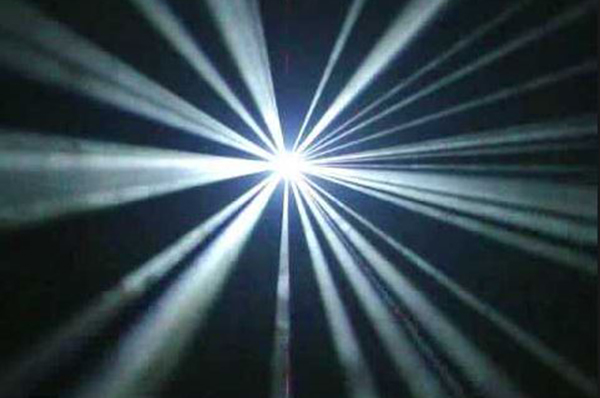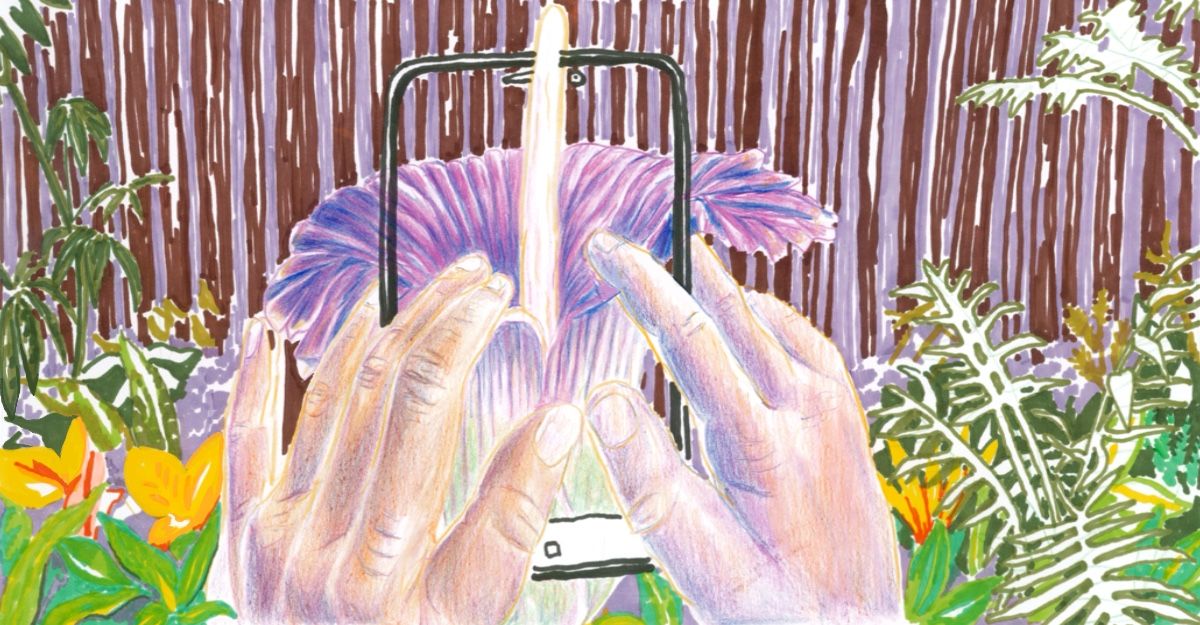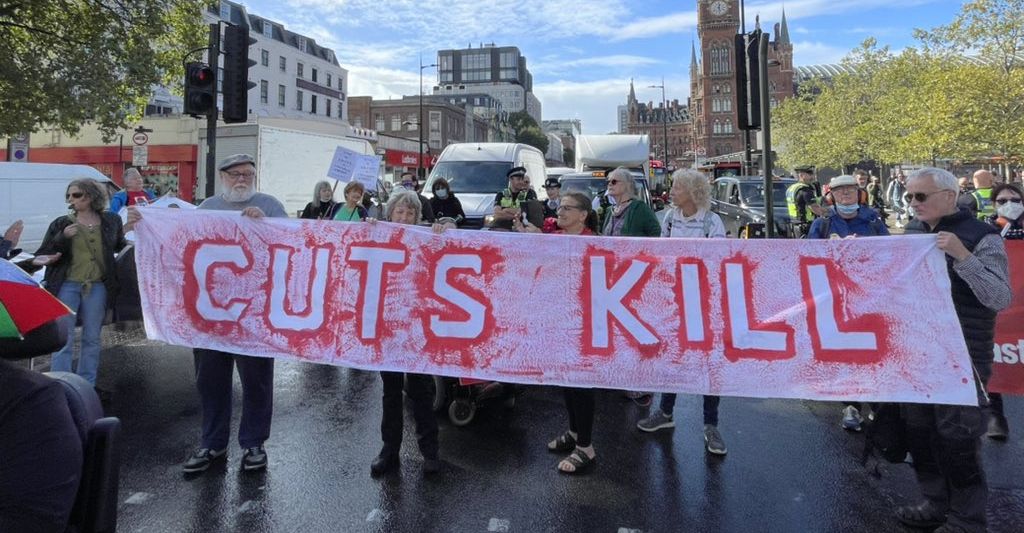The University of South Australia’s recently opened MOD. (Museum of Discovery) is self-described as ‘Australia’s leading future-focused museum, provoking new ideas at the intersection of science, art and innovation.’ Yet this intersection gives little heed to disability. Science, art and innovation cannot replace accessibility and while visiting the gallery, a lack of warning to an exhibit’s content meant that a seizure was triggered.
I think of the small plastic table I anchored myself to at MOD. in the hope that my vision would correct itself. I had hoped that by holding onto something steady, my world and my body within it would no longer be wonky. I hoped I would be saved from explaining what was happening to the friend who had accompanied me to the gallery. While I was used to strangers staring at me as I stumbled and stared during an episode, bizarrely, it’s much more comforting having a parent pull a child away from me than seeing a friend try to understand this otherwise hidden part of myself.
I had walked into MOD. quickly, my eyes skimming over the screen explaining Our Sky. If I had waited another minute or two outside the exhibit’s entrance, I would have seen the small warning that the exhibit could affect people who experience motion sickness or epilepsy. The changing slideshow effect of the screen outside the exhibit meant that the ‘warning’ was displayed a third of the time. It meant that, to me, it was not visible.
After being in the exhibit, surrounded by globes and spacescapes, I felt the seizure come on quick and hard. I can’t say for sure if it was because of the layered lights and screens; it’s hard for me to know what exactly provokes a seizure (like all individual illness, the nature of my seizures is complicated). I still feel new at this, although I know the lights and crowds of people at the supermarket often trigger illness. My psych says my ability to protect myself – to get my body to a safe space when a seizure comes on – is amazing but with each episode, I don’t feel amazing. I don’t know which symptoms will arise and for how long. If I had known there was a potential risk walking into that room, I wouldn’t have done it.
It is important for me to say that my experience of disability, unless I am experiencing a seizure that can be difficult to hide, is invisible. This means I can move through the world with privilege that is not afforded to people with visible disability.
What has made me come unstuck about this experience is not that I was ill in a public space, or that the gallery failed to ensure accessibility (this, unfortunately, is common amongst public and private spaces); but that this future-focused space did not include a future where people with disability lived. MOD. did not use the technology available to protect its participants; it didn’t think through the complexity of accessibility.
Science and technology, while they have the ability to make life easier through assistive technology for people with disability, often run the risk of hurting too. Sometimes, it feels as though we are seen as something to be cured or adapted. Or we are simply not seen at all.
It’s not surprising I feel this way, it has been said again and again in different words by different people. A comment that has stayed with me was made in 1983 by E Gordon who wrote of ‘antidotes’ in ‘Epithets and Attitudes’. He said:
In this age of electronics, computers, and other marvelous advances which enable us to place men on the moon, we have the ingredients to give the disabled a place on the earth.
Gordon could have saved himself some time had he just looked up: people with disability already have an important place on earth. Gordon sees technology as a ‘gift’ to be given to people with disability; in his mind, they are not in control of their own lives and bodies.
Professor of Disability and Inclusion at Northumbria University Alan Roulstone calls this attitude ‘a narrative of rescue’ in his book Disability and Technology. He writes, ‘the possibilities of technology to liberate, offer new social options but also to curtail and dehumanise’ is ample. Roulstone explains that augmentations like cochlear implants and limb exoskeletons are complex:
The willingness to embrace augmentation will depend on the technology, the attitude context and the sense of whether augmentation is an extension of an identity violation/discontinuity with a disabled person’s sense of self.
Roulstone shows that while, for example, the development of cochlear implants is thought of revolutionary in the public sphere, CIs can carry risks of infection and meningitis for users and for ‘those who are pre-lingually deaf, identify as culturally Deaf and whose children may be born without hearing, CIs represent at best a distraction and at worst a threat to key cultural and linguistic tradition.’
While, as both Roulstone and Gordon discuss, technology can offer accessibility, as academic and former social worker McLaughlin says, historically there has not been an empowerment of people with disability in approaching how to engage with technology. He writes, ‘indeed the words ‘patient’ and ‘service user’ continue to have very different connotations.’ While technology can help, it doesn’t solve the biggest challenge faced by people with disability: challenging ableism on an individual and structural level that creates inequality.
At MOD., as the seizure settles into something more manageable, I walk up to the next floor. My body feels as if it were teetering from one edge to another. My friend asks me if I feel better now I’m out of the room. I tell him it doesn’t feel like I’m anywhere right now. We walk to the next exhibit: Agi Haines’ Tranfigurations. I see a row of hospital cribs with ‘babies’ inside. First, I see the sprouting of synthetic brown hair and think of holding my niece for the first time in a mauve hospital room.
As I move up the row of cribs, I see the ‘babies’ have been changed. MOD.’s website calls this a surgical modification to ‘achieve a higher level of function that could benefit a child’ (as if function were to determine our value as a person). A chart on the wall shows that for one, a toe has been removed so to allow a worm entrance to the body that can fight asthma. One child has a pinched nose, the other ridges on its head. My friend sees me staring and asks if I’m okay. I tell him I’m angry. Angry at the idea that stigma can be fought with ‘cures’ that aren’t guaranteed to work, that aren’t guaranteed not to create harm. I’m angry that the exhibit plays on creating disgust at facial difference, the artist having created an asshole in a baby’s head to ‘better’ administer medication to sick children.
My anger blurs into tiredness. The rest of the day is always tough to get through after a seizure. My friend and I leave MOD. On my way out, I let staff know about the slideshows. They nod at me and a week later, visiting the gallery again, I see that most of them have been changed to better display a warning. Outside of Our Sky, the place where a week earlier I had clung to a table like a toddler to a parent, the warning is still hidden.
Shaking and hot, I leave.



